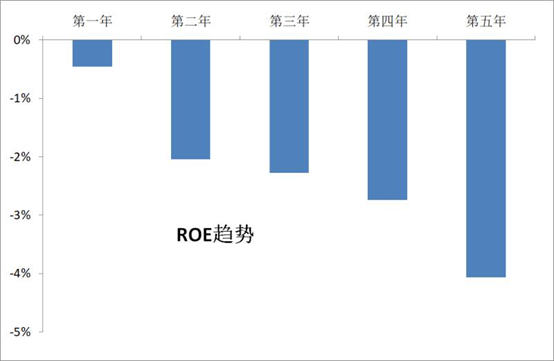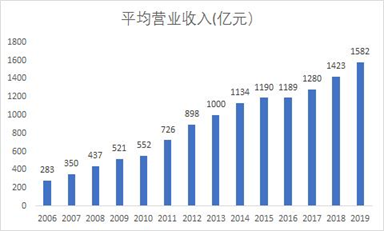In the era of differentiation, the leading companies in large consumer or high-tech industries are deployed.
Editor’s note: This article is from WeChat public account “Li Xunlei Finance and Investment” (ID: lixunlei0722) author: Lee Thunder.
During the Spring Festival, I was deeply touched by a piece of news: The chairman of Xibei Noodle Village complained publicly: The cash on account could not support the salary of employees for three months. Next, SPDB’s Beijing branch immediately gave him a credit of RMB 430 million, of which RMB 120 million was credited on February 7. In addition, there are more than seventy to eighty branches and sub-branch credit departments of more than 30 banks that have actively sought Xibei to communicate and prepare to provide financing support. In addition, there are a number of institutional investors who want to invest in its equity. Ma also proposed to borrow Xibei’s staff-it is really difficult for all parties to support it.
The epidemic has hit the catering industry unprecedentedly, but I believe most catering companies will not be so lucky. So why are banks and institutional investors willing to support the restaurant giant? During the US subprime mortgage crisis, a popular phrase was called “Too Big to Fail”. Let’s discuss the reasons and development trends of larger enterprises.
SME life cycle is too short
I do n’t know how long the average life cycle of SMEs is? Some say 3-5 years, and some say only two and a half years. Others say that the average life cycle of individual industrial and commercial households is only one and a half years. In short, I feel that the life cycle of small, medium and micro enterprises is short. Therefore, such a short life will naturally lead to difficulties in financing and expensive financing. This is not only a problem in China, but also a global problem.
Why are the main businesses of western commercial banks mainly retail? Because personal life cycle is much longer than SMEs. The longer the life cycle, the accuracy of credit assessment can be improved, and the business becomes easier to grow. In recent years, the proportion of domestic banks’ retail business has also increased.
The degree of marketization of the US securities market is relatively high. We found that the delisting rate of listed companies is very high. During the 37 years from 1980 to 2017, the cumulative number of listed companies was approximately 26,500, and the cumulative number of delisted companies There are about 14,180 companies, accounting for over 70%. This also reflects that it is not easy for SMEs to survive.
Although the delisting rate of A-shares is not high, if the difference between the median ROE of all new shares in the A-share market and the median ROE of all listed companies is calculated, then the 13 In the middle of the year, the profitability of listed companies generally declined year by year: after two years of listing, there has been a significant decline, and the decline in the fifth year has reached 4 percentage points.
The relative difference between ROE of new shares and ROE of all A shares (%,Median)

Source: WIND, China-Thailand Securities Research Institute
In the above picture, over time, the “change face” of new shares has also expanded, that is, profitability has become weaker and weaker. However, in the sixth year, the relative level of ROE has risen, indicating that as a listed company in China as a “scarce resource”, when its original model cannot continue to operate, it is mostly obtained through mergers and acquisitions or restructuring or changing the main business Improved performance. In other words, if the “shell” is no longer a scarce resource, it is estimated that the delisting rate will also be very high.
In addition, the life cycle of SMEs has a lot to do with the stage of the economic cycle. If the economic cycle is in the rising phase, small and medium-sized enterprises will grow up like bamboo shoots; if the economic cycle is in the downward phase, their life cycles will be even shorter. However, China’s economic growth has been in a downward trend since 2011, indicating that the current Chinese economy is indeed in a downward cycle. Naturally, SMEs are having a hard time.
Large companies can be bigger—Pareto’s Law
Pareto’s law means that in any large system, about 80% of the results are generated by about 20% of the variables in that system. For example, in the enterprise, usually 80% of the profits come from 20% of the projects or important customers; or 20% of the enterprises have obtained 80% of the total market sales revenue.
For example, the domestic Internet wave has risen since 2000, and there are numerous “touchnet” companies. Eventually, Ali and Tencent have become industry giants, and many Internet SMEs have been eliminated. This is not only a phenomenon of 28, but a 19 Phenomenon.
Statistics of the average operating income of China’s top 500 companies were 28.3 billion yuan in 2006 and 158.2 billion yuan by 2019. 13 years increased by 4.6 times.
Changes in the average operating income of China’s top 500 companies since 2006

Source: WIND